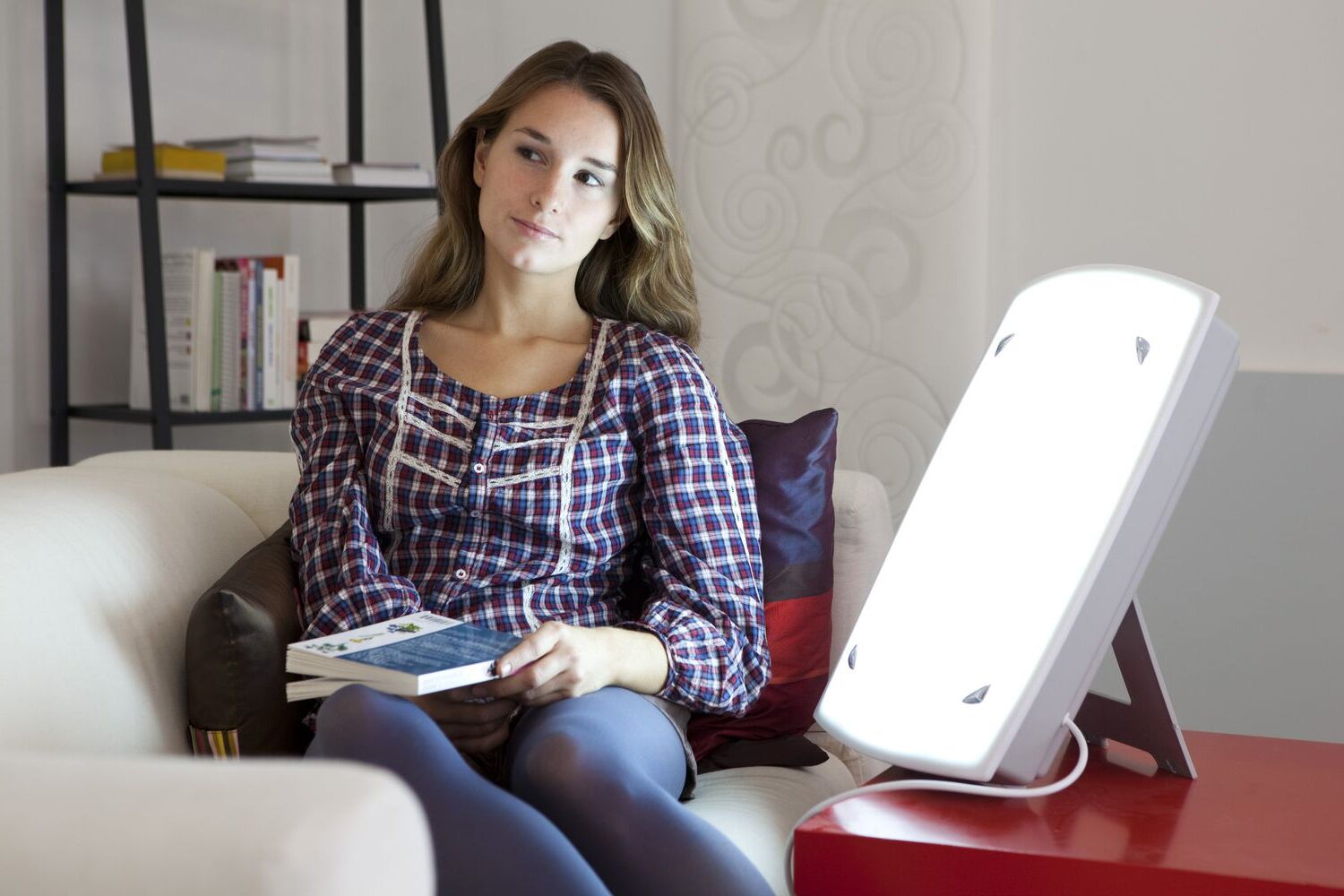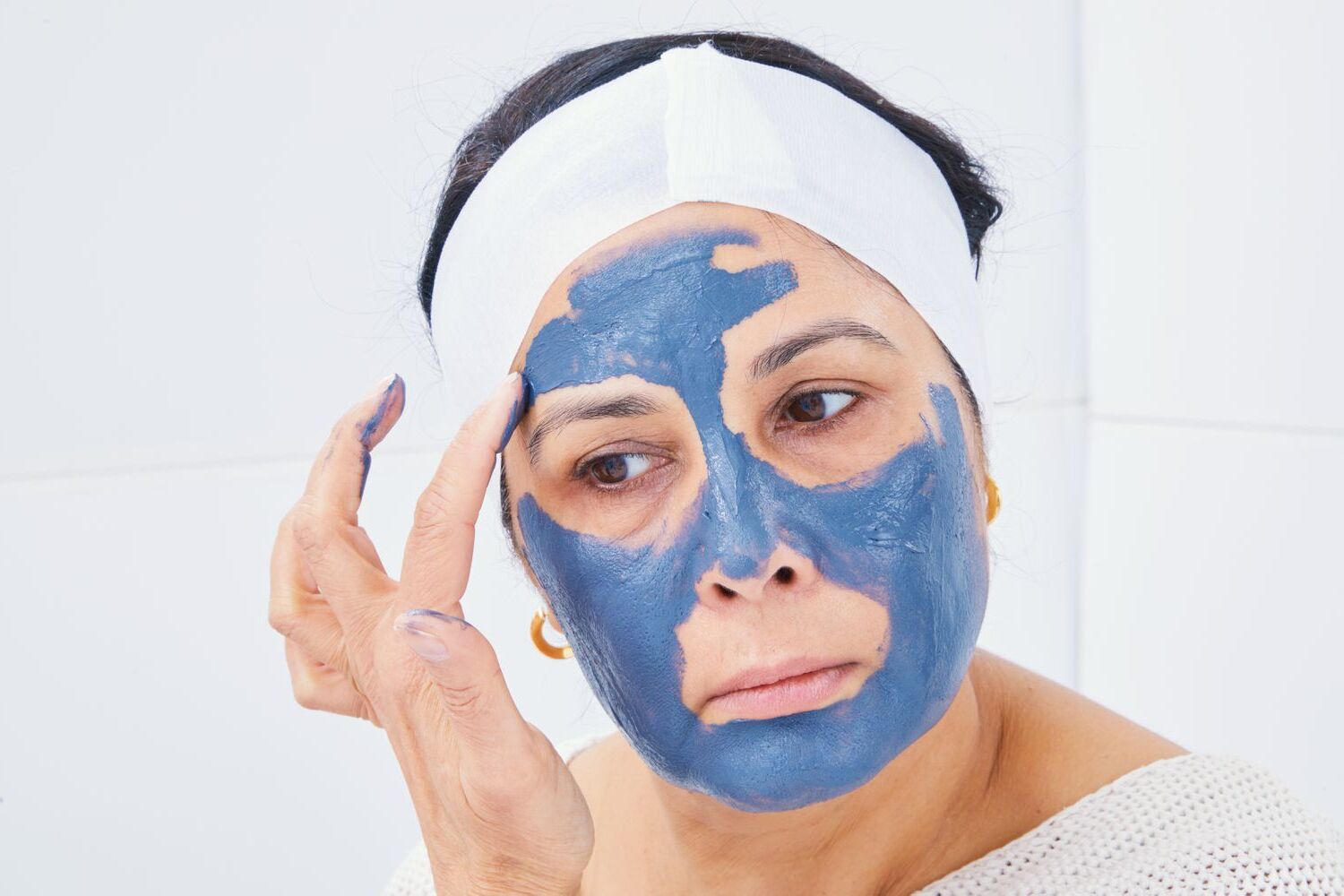
Light therapy is a popular treatment for various conditions, from seasonal affective disorder (SAD) to skin issues. But what exactly is it? Light therapy involves exposure to specific wavelengths of light using devices like light boxes, lamps, or visors. This treatment can help regulate mood, improve sleep, and even boost energy levels. It's especially useful during the darker months when natural sunlight is scarce. Curious about how it works and its benefits? We've gathered 24 fascinating facts to shed light on this illuminating therapy. Whether you're new to the concept or looking to deepen your understanding, these insights will brighten your day.
What is Light Therapy?
Light therapy, also known as phototherapy, uses specific light wavelengths to treat various health conditions. This treatment can be beneficial for mood disorders, skin conditions, and sleep problems.
- Light therapy involves exposure to bright light, usually from a lightbox.
- It mimics natural sunlight, which can help regulate circadian rhythms.
- Commonly used to treat Seasonal Affective Disorder (SAD), a type of depression that occurs at certain times of the year.
- Light therapy can also be effective for non-seasonal depression.
- Sessions typically last from 20 minutes to an hour, depending on the condition being treated.
How Does Light Therapy Work?
Understanding the mechanics behind light therapy can help appreciate its benefits. The treatment works by influencing the brain's chemistry and biological clock.
- Light therapy affects the hypothalamus, a part of the brain that controls sleep and mood.
- It increases the production of serotonin, a neurotransmitter that improves mood.
- Exposure to bright light can suppress melatonin, a hormone that makes you feel sleepy.
- The therapy helps reset your internal clock, making it easier to wake up and fall asleep at the right times.
- Light therapy can be used in the morning to help wake you up or in the evening to help you stay awake.
Benefits of Light Therapy
Light therapy offers a range of benefits, from improving mental health to enhancing skin conditions. Here are some of the most notable advantages.
- It can improve symptoms of depression, especially in those with SAD.
- Light therapy can help regulate sleep patterns, making it easier to fall asleep and wake up.
- It can be beneficial for people with jet lag or shift work sleep disorder.
- The therapy can improve focus and concentration.
- It has been used to treat skin conditions like psoriasis and eczema.
Types of Light Therapy
Different types of light therapy are available, each designed to treat specific conditions. Knowing the options can help you choose the right treatment.
- Bright light therapy uses a lightbox to emit bright light, usually around 10,000 lux.
- Dawn simulation mimics a natural sunrise to help you wake up gradually.
- Blue light therapy uses blue wavelengths to treat skin conditions and improve mood.
- Red light therapy can help with skin rejuvenation and wound healing.
- UV light therapy is often used to treat skin conditions but requires medical supervision due to potential risks.
Safety and Side Effects
While light therapy is generally safe, it's essential to be aware of potential side effects and safety measures.
- Common side effects include headaches, eye strain, and nausea.
- It's crucial to use the therapy at the same time each day for the best results.
- People with certain eye conditions should consult a doctor before starting light therapy.
- Overuse can lead to insomnia or mania in people with bipolar disorder.
Light therapy offers a promising solution for various health issues, from mood disorders to skin conditions. Understanding its benefits, types, and safety measures can help you make an informed decision about whether this treatment is right for you.
Light Therapy's Bright Future
Light therapy offers promising benefits for various health issues. From seasonal affective disorder to skin conditions, this treatment shows potential. Research continues to uncover new applications, making it an exciting field.
Using light therapy at home has become easier with devices available for personal use. Always consult a healthcare provider before starting any new treatment. They can guide you on the best practices and ensure it's safe for your specific needs.
Understanding the science behind light therapy helps in appreciating its benefits. It's not just about shining a light; it's about harnessing specific wavelengths to promote healing and well-being.
Stay informed and consider light therapy as a complementary approach to traditional treatments. With ongoing advancements, its role in healthcare will likely expand, offering more ways to improve our lives.
Was this page helpful?
Our commitment to delivering trustworthy and engaging content is at the heart of what we do. Each fact on our site is contributed by real users like you, bringing a wealth of diverse insights and information. To ensure the highest standards of accuracy and reliability, our dedicated editors meticulously review each submission. This process guarantees that the facts we share are not only fascinating but also credible. Trust in our commitment to quality and authenticity as you explore and learn with us.


